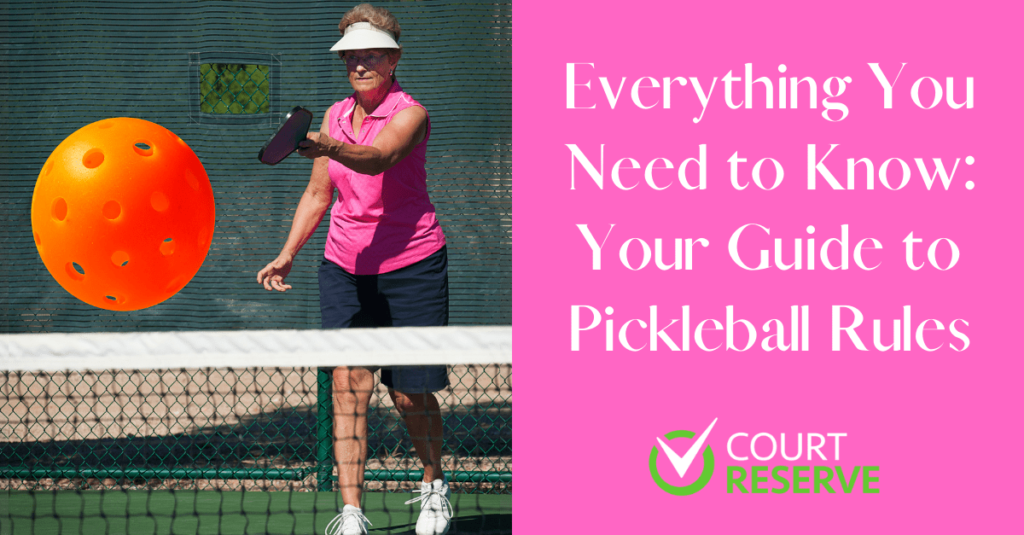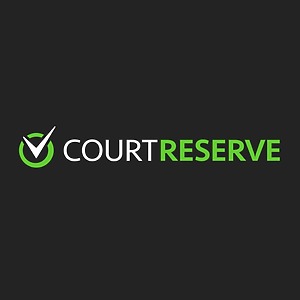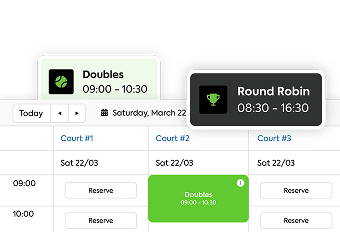Combine elements of tennis, table tennis, and badminton and you’ll get pickleball. All you need is a wiffle ball, a paddle, and a pickleball court, and you and you’re good to go. Well, of course, you’d need to familiarize yourself with pickleball rules too. But don’t you worry, that’s exactly what we’re here to do, today.
Let’s dive right into the basics.
The Serve
Play the first service from the right-hand side. After each point, the side switches. When the person serving makes a fault, the service will switch on over to the other side.
During a service, place both feet behind the service line. You must hit the ball into the air, and it shouldn’t bounce on the court.
Scoring and Winning
Like table tennis, every game requires a total of eleven points to be won. However, there must be a difference of at least two for a side to win.
A point can only be earned by the team that is serving. If the serving side makes a fault, the service switches over to the other side.
The Court
Typically, a pickleball court will be around twenty feet wide. The length of the court is forty-four feet. Each line will measure at two inches wide.
The Double Bounce Rule
Volleying refers to the act of hitting a ball before it hits the ground.
After a service, and before you volley a ball, both sides must make at least a single groundstroke. It is only after these two strokes that you can choose to volley, or alternatively continue playing ground strokes.
Volley Zone
The area up to seven feet behind the net is the non-volley zone. You are not allowed to volley within that area. If you do it is considered a fault.
Line Call
If a ball lands on a line, it is still considered to be inside the court. However, the only exception here is in the case of the non-volley zone.
A Fault
A fault can occur in five scenarios. The first is when the ball is hit outside the bounds of the court. The second is when the ball is hit on or under the net, but not over it.
Thirdly, volleying the ball while the player is on the non-volley line or in the non-volley zone is a fault. Volleying a ball after a service is a fault as well.
Finally, if while making a service the ball hits any part of the non-volley zone or its line, it is a fault.
Play to Master the Pickleball Rules
There you have it – these are some of the most important pickleball rules there are.
It’s a thoroughly entertaining game that combines the best elements of the best games.
If you’re thinking of bringing your own pickleball club to life, or simply want to take your existing club to the next level, we’ve got the tools for you to do it. Learn more about our premium pickleball software right here, or sign up for a free demo!






